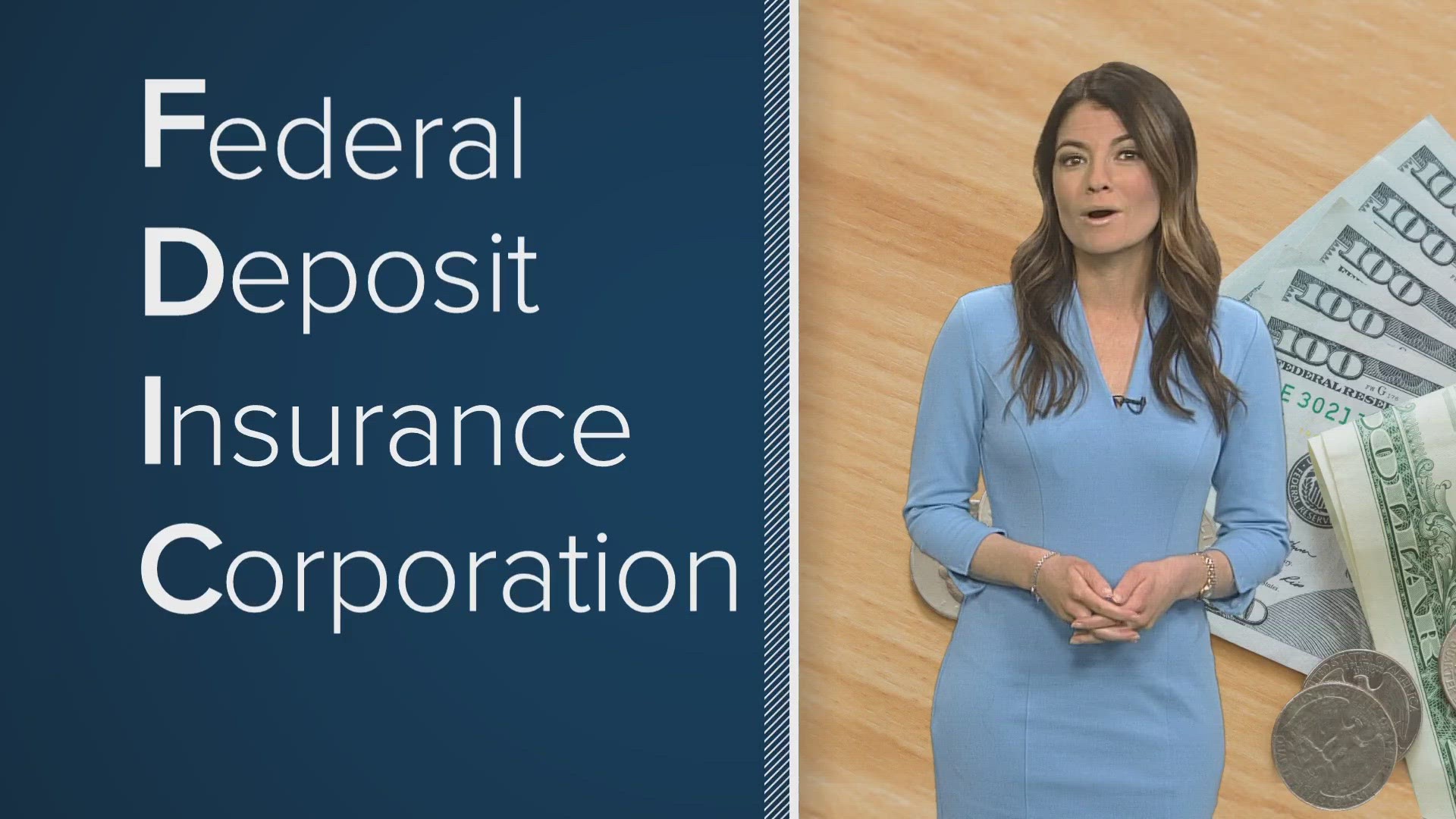INDIANAPOLIS — FDIC is short for Federal Deposit Insurance Corporation.
Created in the 1930s during the Great Depression, the independent agency exists to protect your money if a bank fails.
Matthew Goldberg, with Bankrate, said this protection helps provide consumers with faith in the banking system.
"If people were losing money every day, every week on a regular basis, you and I wouldn't keep our money in the banking system," Goldberg said.
Step one is making sure the banks you do business with are covered.
"The first bank failure in a few years is kind of that reminder for us, kind of like checking your smoke detectors, to check your FDIC insurance," Goldberg said.
To check, use the FDIC search engine BankFind Suite.
If the bank is a member, you are automatically covered.
Since the FDIC coverage began, they say no one has lost a penny of their covered deposits.
Examples of covered deposits include savings accounts, checking accounts, certificates of deposit and money market deposit accounts.
Coverage is up to $250,000 per depositor, per insured institution, per account type.
Products not covered include stocks, bonds, mutual funds, cryptocurrency, and safety deposit boxes or their contents.
If you are unsure about your coverage, check the FDIC's Electronics Deposit Insurance Estimator known as EDIE.
Credit Union members also have certain deposits covered by the National Credit Union Administration. While it's a different federal agency, the coverages are very similar to FDIC.

